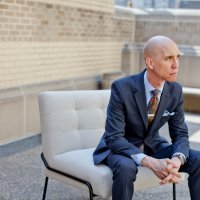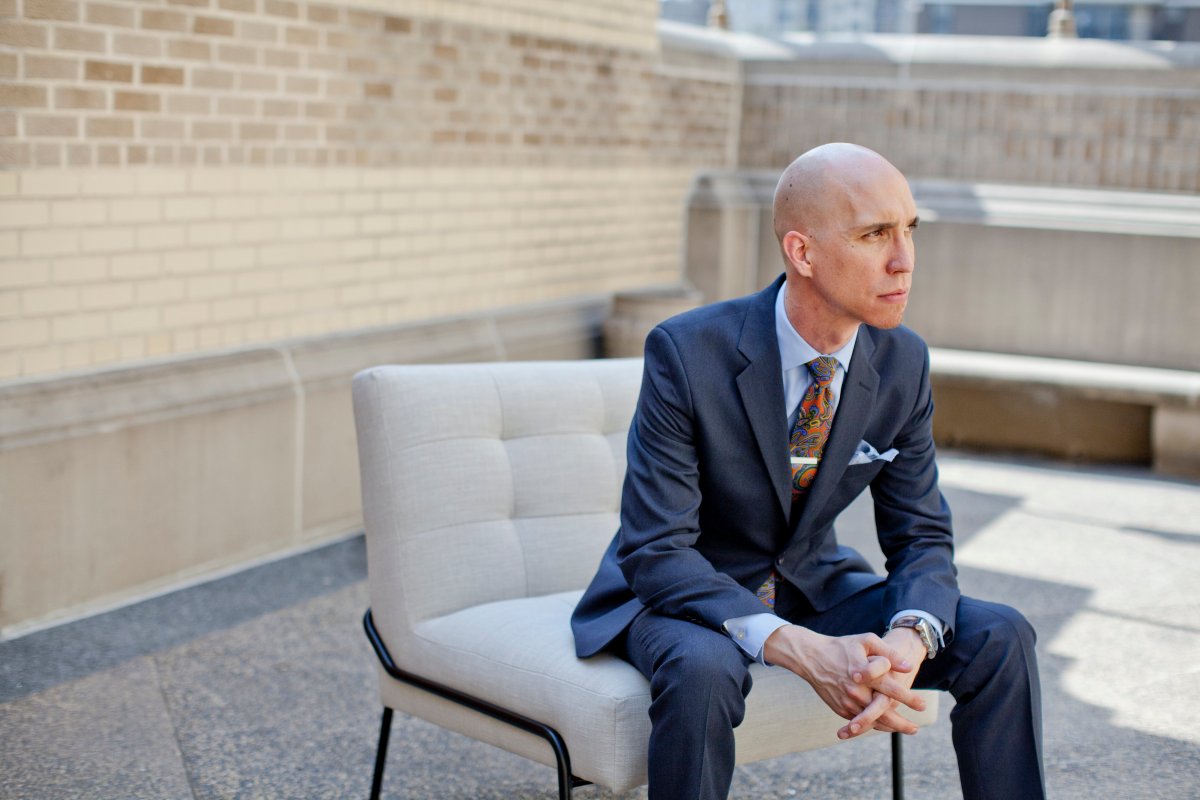Most organizations put a premium on celebrating successes—we certainly do! But we also believe we have a great deal to learn from our failures, so we share those failures in hopes of reinforcing our lessons learned, demonstrating our frailty (rather than portraying ourselves as heroes), and cautioning our peers about potential pitfalls.
Our yearly Failure Reports are a chance to look you in the eye, be vulnerable, and admit our mistakes.
Catch up on Part 1 and Part 2. Moving forward, here are 4 ways we are responding to lessons learned, as we remake our world:
1. Staffing up
We are using cash reserves and the investment of dedicated donors to build our organizational capacity to do good, better. The recruiting of critically needed staff will likely require all of 2015, but we believe it will allow us to live up to our potential and help us ultimately increase our ability to serve more people in need around the world and contribute our singular voice as a peacemaking movement to conversations about conflict, loving our enemies, and the lifestyle of preemptive love.
We’ve already hired or are hiring in the following key functions:
• Program Design, Monitoring, and Evaluation — even as we transitioned our budget beyond heart surgeries and began giving away lifesaving aid to those fleeing ISIS, we were unable to meaningfully track the program design and distribution of the first $100,000 we spent in 2014. Not only does investing in these key functions improve our ability to prepare and respond intelligently, but it also improves our ability to communicate with key stakeholders about the need and the efficacy of our responses.
• Reporting and Stakeholder Communication — throughout the summer and fall of 2014, as more and more large philanthropists, foundations, partner organizations, and individual donors chose to invest in our community as their vehicle for peacemaking in places notorious for conflict, we found ourselves increasingly unable to create critically needed feedback systems for local stakeholders, international funders, activists, government officials, and the media. Investing in more people to meaningfully communicate with key stakeholders in all those various fields will improve our standing as a trusted voice, more clearly demonstrate our impact on the field, and likely result in more resources necessary to address the needs of the conflict.
2. Repositioning
We waffled throughout 2013-2014 about our identity. Indeed, going back to our earliest days, we have long been unsure about our position as brokers of solutions, conduits for resources, and bridge builders. “Middle man” was a label that sometimes caused us to pine for control and credit that we didn’t deserve. What we have come to realize and deeply embrace over the last year is that we are bridge-builders—more than heart surgeons, nurses, or humanitarian relief and development experts.

We bridge the divide that others cannot or will not bridge so that people with resources and people in need can find each other; so people in conflict can cooperate, and perhaps reconcile. So a world unmade by violence can be set to rights through preemptive love.
We are no longer a tool box with just one hammer inside. As a result, the world no longer looks like a long row of nails looking to be whacked with our solitary response. In our pursuit of peace between communities at odds—in our effort to heal hearts across enemy lines—we now proudly build bridges using an array of tools, including lifesaving medicine, microeconomic development, education, and emergency relief and development. We do not claim to be the leading experts in any one of those areas. We are not the heroes of this story. But we are expert bridge builders, helping heroes like you walk across our platform to deliver life-changing love to people in need.
3. Multi-sector engagement
With my hand to the grindstone for the first eight years of organizational growth, I am a few years behind the curve of engaging deeply across political, humanitarian, economic, and religious communities. I am deeply grateful to the American and Iraqi mentors who have helped nurture my development by walking me into key relationships that allow our community of peacemakers to learn and contribute to global conversations that affect humanitarian and public policy responses around the world to ISIS and its associated violence.
4. Preparing for Conflict
We are making strategic preparations for the pending Battle for Mosul, which will likely produce an additional wave of 500,000+ internally displaced people. Our lifesaving work across Iraq over nearly a decade has uniquely positioned us tocare and thus respond to all of Iraq’s diverse people. We watched in horror at the fall of Fallujah, Mosul, and Tikrit in 2014. We watched again andimmediately responded to the fall of Ramadi in 2015. Now we are preparing for the liberation of Mosul with the same urgency and strategic positioning of our military counterparts. We know what to expect. And inasmuch as it depends on us, we will work to build the coalition and secure the resources necessary so people are not stranded in the desert without foot, water, and shelter.
As we undertake a global expansion that has us working in the shadows of issues as complicated as ISIS in Iraq, Libya, and Syria; Boko Haram in Nigeria; nuclear agendas and rapprochement with the West in Iran; and Christian persecution in Pakistan, we joyfully accept the heavy responsibility of “seeing around corners” that comes with going where no one else will go to love whom no one else will love.
We failed again in 2014, but it was also our greatest year of learning, leadership, and accelerated impact to date. We could not have done it without you and we remain ever grateful for the trust and grace you extend to us as we fail, learn from our failures, improve, and step knowingly into the unknown future we’ve joined hands to create together.
If you have questions about any issue raised by CEO/President Jeremy Courtney in the Failure Report (Part 1, Part 2, or Part 3), you can contact us here for more information.


